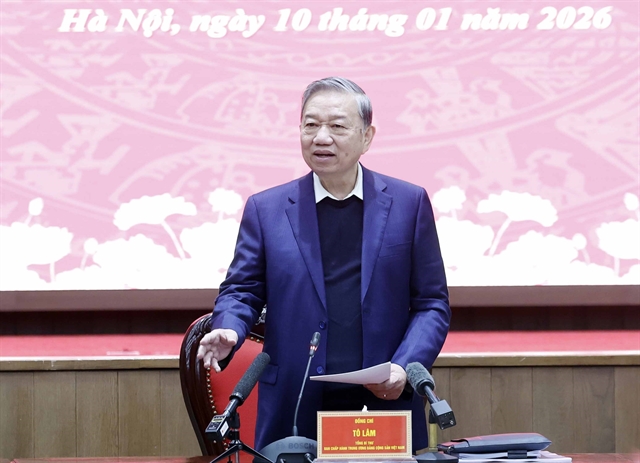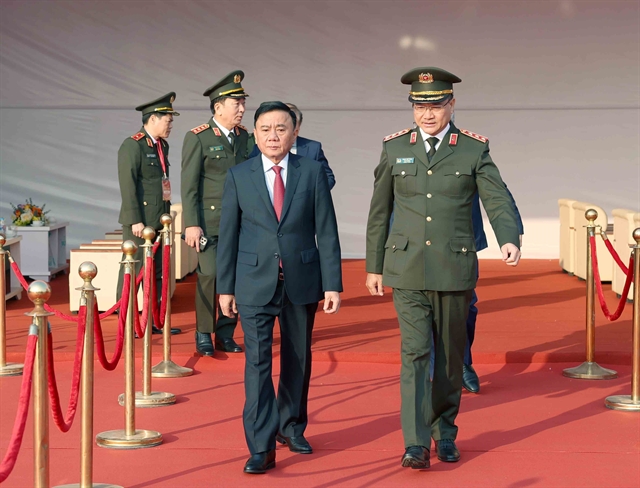 Sunday/Weekend
Sunday/Weekend
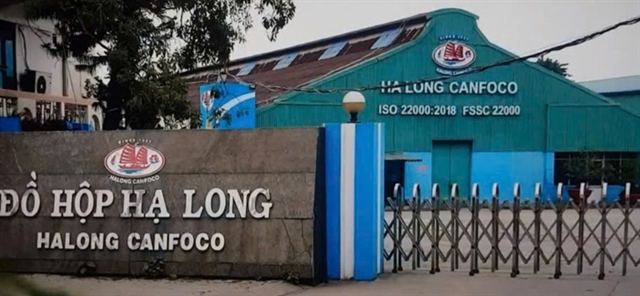
Vân Hương
Strolling in downtown Hà Nội, people can easily find many vestiges of the French colonial era. Prominent among them are spacious private villas in Phan Đình Phùng, Trần Hưng Đạo and Lý Thường Kiệt streets, the Opera House, Metropole Hotel, the Government Guest House, the State Bank, St Joseph Cathedral, the Presidential Palace and the Long Biên Bridge .
It’s impossible to not mention the main building of the Việt Nam National Museum of History, which used to be the Louis Finot Museum of the French School of the Far East (or EFEO in French acronym). The museum building is commonly called "Nhà Bác Cổ" (Archaeological House) by Hanoians.
The Vietnamese name Bác Cổ has been used for some nearby landmarks like Bác Cổ Slope, Bác Cổ Wharf and Bác Cổ Park.
The building is known as one of the best examples of Indo-Chinese architecture in Việt Nam during the colonial past, which combines eastern and western styles.
Unique architecture
At the beginning of the 20th century, when Hà Nội became the administrative capital of the North, though there were some museums in the city, the French still chose the area to build a large-scale museum.
In February 1925, Governor-General of French Indochina Martial Henri Merlin approved the museum design by architect Charles Batteur – a permanent member of the EFEO.
The construction of the museum started in January 1926, in a total area of over 1,800sq.m at the same place of the old EFEO museum, behind the Opera House, by the Hồng (Red) River. Due to an economic crisis, it took six years to complete.
On March 17, 1932, the inauguration ceremony of the museum was organised with the attendance of General-Governor of French Indochina Pierre Pasquier.
The museum was named after Louis Finot, the first director of the EFEO. Besides exhibiting objects, the museum also hosted themed workshops.
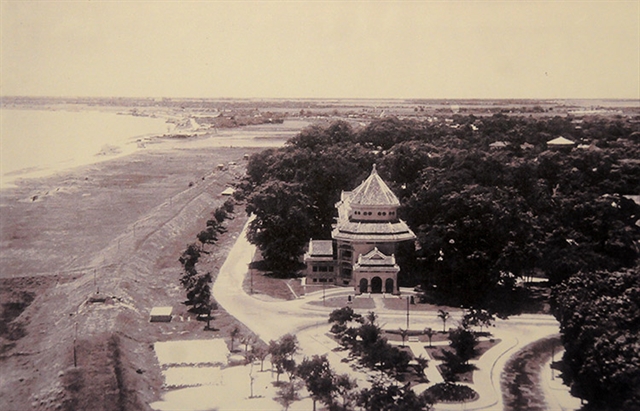 |
| An aerial photo of the building by the Hông (Red) River in early 20th century. File Photo |
Architect Bùi Minh Sơn said that the building followed the then Europe-Asia fusion style.
“Based on the location, scale and characteristics of the construction, architects Hebrard and Batteur drew an impressive layout and blocs with high symbolic features,” he noted.
The great hall was in octagon form, which took the model from popular Asian wooden octagon houses. Oriental features were applied in the roof, decoration details, canopies, and pillars creating a harmonious outline.
Storing history
When Việt Nam gained independence from France in August 1945, the Louis Finot Museum was renamed as the National Museum under the Oriental Archaeology Institute. It again took the new name the Việt Nam National Museum of History on September 3, 1958.
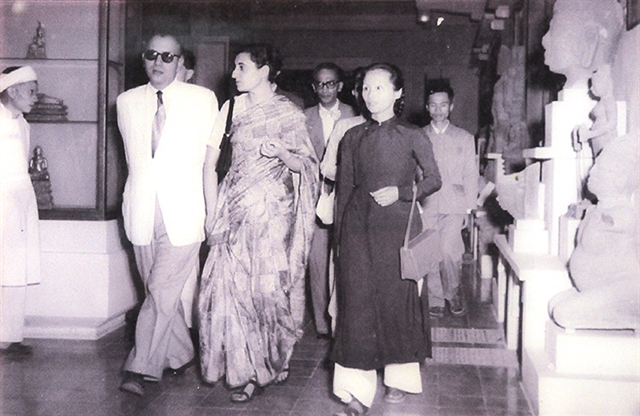 |
| Indian Prime Minister Jawaharlal Nehru's daughter Indira Gandhi (middle) visits Louis Finot Museum on October 17, 1954. File Photo |
The Việt Nam National Museum of History stands as the top historical museums in the country with the most objects, including 110,000 documents and antiques dated back from the prehistoric time to 1945.
There are extremely rare collections in comparison to those of similar level museums in the country and in the Southeast Asian region.
The museum hosts 20 national treasures, many of which date back thousands of years ago such as the Ngọc Lũ bronze drum, the Hoàng Hạ bronze drum, the Đào Thịnh bronze jar, the Việt Khê boat-shaped tomb, and the Vân Bản Pagoda bell.
“The objects are historical evidence of the existence and development of a people and a country with all the attendant culture essence,” said Nguyễn Thị Thu Hoan, deputy director of the museum.
 |
| Staff of the Louis Finot Museum poses for a photo in front of the museum in its early day. EFEO File photo |
“Throughout history, the building has still been used for its main function. During our renovation and professional work, our staff has cared much in preserving the intangible values of the building. This is not only dealing with the values of antiques displayed here, but it is a part of the museum’s value in the future.”
Hoan said the museum had also been included in different Hà Nội tours arranged by travel agencies.
“In 2021 we launched a French architecture tour around Hà Nội to include the building’s architecture and exhibits inside,” she said.
Visitors appreciate the building and its exhibiting objects in their own ways.
“This is my second time in Việt Nam, but the first time in Hà Nội. I stay locally, and I am just exploring the neighbourhood,” said Yiwei Gu, a tourist from New York.
“I think it’s great. I’m very impressed by the surroundings, a lot of greenery, a lot of old trees and particularly the exhibition objects inside."
Nguyễn Thị Phương Thảo, a nursery teacher, said she thought the building should be preserved and appreciated.
“It brings along a feeling of nostalgia to people and makes people respect history more,” she said. “Though this building is fairly old, when I stepped inside I felt so cosy.” VNS
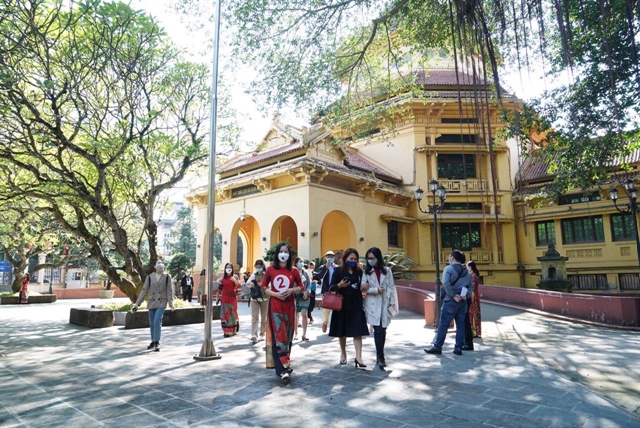 |
| Visitors visits the building on the French architecture tour around Hà Nội, which started in October 2021. VNS Photo Nguyễn Sinh |


